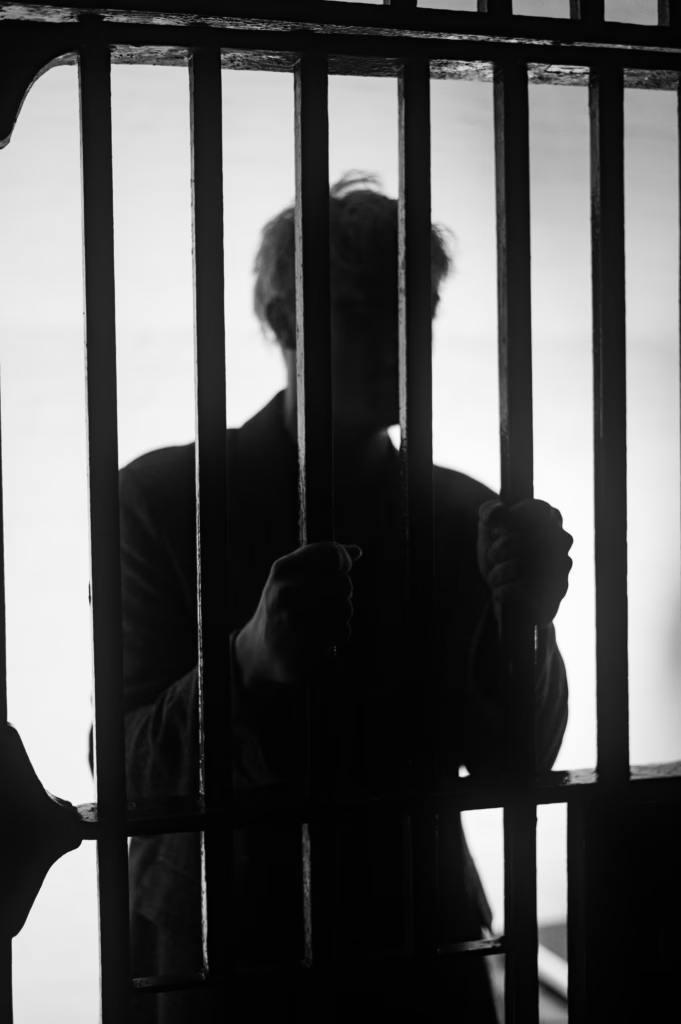Breaking the Chains of Mass Incarceration: A Call for Justice and Humanity
Two words. Mass Incarceration. It’s 2 a.m., and I can’t sleep. My mind is consumed by the stories I’ve heard, the faces I’ve seen, and the broken system I work within daily. I’ve witnessed firsthand how our justice system fails those it claims to rehabilitate. I know that healing is possible—but not in the conditions we’ve created. It’s time we confront the truth about mass incarceration, overcrowding, and the systemic neglect of human dignity.
The Reality We Ignore
The United States incarcerates more people than any other country in the world. Over 2.2 million individuals are held behind bars, many in overcrowded facilities where violence, neglect, and hopelessness thrive. These institutions are not just prisons; they are warehouses for trauma resulting from mass incarceration. The Mass Incarceration Trauma (MIT) framework reminds us that incarceration is a form of captivity-induced trauma. It compounds the abuse, poverty, and violence many incarcerated individuals experienced before entering the system.
But what happens when we strip people of hope? When we tell them they are irredeemable? This is the daily reality for those serving life without parole (LWOP). They are locked away with no chance of release, no matter how much they grow or change. Without hope, what incentive exists to strive for betterment? Instead of fostering rehabilitation, we create environments where survival instincts reign—where violence becomes a currency and despair a constant companion stemming from mass incarceration policies.
The Cost of Hopelessness

This hopelessness doesn’t just harm those inside; it spills out into our communities. Ninety-five percent of incarcerated individuals will eventually return to society. If we release them in worse condition, we must ask ourselves a question. What kind of neighbors are we creating amid mass incarceration consequences? What kind of society are we building?
Even worse, our punitive system disproportionately targets people of color and those from impoverished backgrounds. These individuals often enter prison, already carrying the weight of systemic racism and generational poverty. Instead of addressing these root causes, we implement further punishment. These actions include practices associated with mass incarceration. Such practices perpetuate cycles of trauma and inequality.
A Path Forward: Restoring Hope
Change is possible—but only if we’re willing to reimagine what justice looks like in the context of mass incarceration. Programs like North Carolina’s proposed Prison Resources Repurposing Act (PRRA) offer a glimpse of what could be. This legislation would allow individuals serving LWOP to earn parole through rigorous educational, vocational, and behavioral milestones over 20 years. It’s not about letting people off easy; it’s about giving them a reason to strive for something better.
This isn’t just about reducing prison violence—it’s about transforming lives affected by mass incarceration. Research indicates education greatly reduces recidivism rates. Individuals with a bachelor’s degree have a recidivism rate as low as 5.6%, compared to 54.6% for those without a high school diploma. By investing in rehabilitation instead of perpetual punishment, we can break cycles of crime and build safer communities.
A System in Need of Healing
However, healing cannot happen in isolation or under conditions perpetuating harm. Solitary confinement—a practice still used extensively—is psychological torture. Overcrowding denies basic human dignity. Policies that strip people of hope ensure continual suffering in prisons. These policies hinder growth largely due to the mass incarceration effects.
We must demand:
- An end to solitary confinement.
- Trauma-informed care within all correctional facilities.
- Policies like the PRRA that provide pathways to redemption.
- A shift away from punitive models toward restorative justice.
Building Life-Affirming Institutions
As Bryan Stevenson so powerfully reminds us: “Each of us is more than the worst thing we’ve ever done.” If we genuinely believe this and believe in second chances, we must act accordingly amidst the mass incarceration crisis. Abolition isn’t just about tearing down harmful systems; it’s about building life-affirming institutions that uplift everyone involved.
Imagine a world where prisons are replaced by centers for education and healing. Where justice means accountability paired with compassion. No one is defined solely by their mistakes but by their capacity for change.
This isn’t just a dream. It’s necessary to create a society rooted in equity and humanity. We must move away from the cycle of mass incarceration.
The Time Is Now
The fight against mass incarceration isn’t political. For me it's deeply personal -- and likely for you, too, if you’re reading this at 2 a.m., unable to sleep because you know something has to change. Let this be our wake-up call.
We owe it to ourselves—and to every person locked away without hope—to demand better. To end mass incarceration. To dismantle systems built on oppression and replace them with ones rooted in justice and love.
Because until all are free—truly free—none of us are.

Comments are closed!